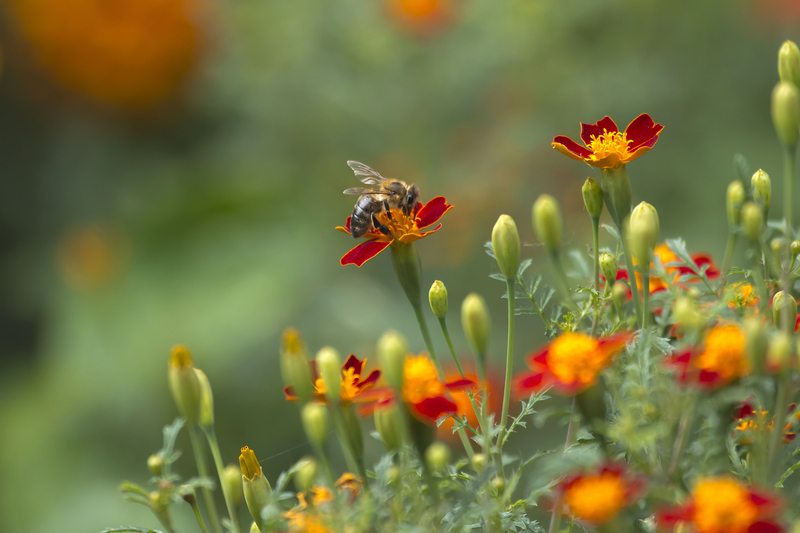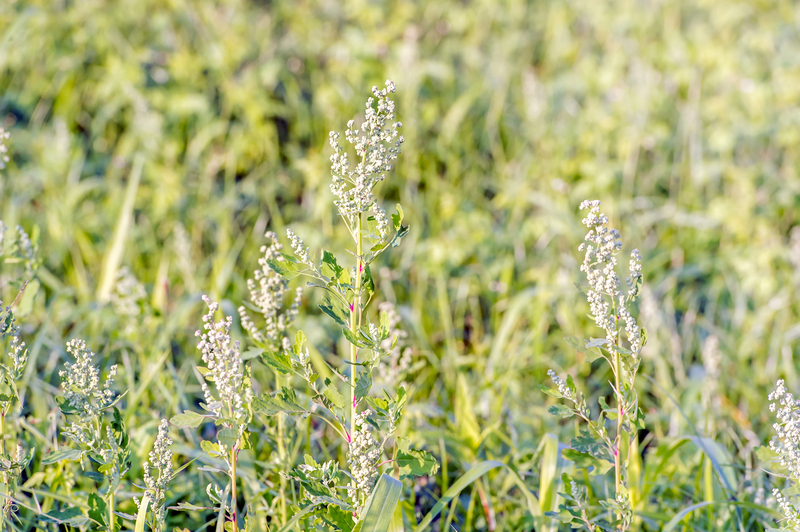Autumn Lawn Maintenance: Expert Tips
Posted on 02/10/2025
Autumn Lawn Maintenance: Expert Tips
With autumn fast approaching, it's time to prepare your lawn for the colder months. Effective lawn care in the fall can ensure a lush, healthy lawn come spring. In this comprehensive guide, we'll provide expert tips and detailed advice on autumn lawn maintenance.
1. Rake and Remove Leaves
Leaves that fall onto your lawn during autumn can block sunlight and air from reaching the grass. This can suffocate your lawn and lead to dead patches. Regular raking is essential for maintaining a healthy lawn.

2. Aerate Your Lawn
Aeration helps improve soil penetration, allowing water, nutrients, and air to reach the roots. This is especially important in the fall, as it prepares your lawn for the coming winter months. Aeration can be done using a spike or plug aerator.
3. Fertilize Properly
Fertilizing in the fall provides essential nutrients that will strengthen the roots and improve the lawn's health. Opt for a slow-release fertilizer to ensure a steady supply of nutrients throughout the season.
4. Overseed Your Lawn
Overseeding involves planting new grass seeds to fill in bare spots and thicken your lawn. Choose a grass seed mix that's suitable for your climate and soil type.
5. Mow at the Right Height
As the growing season slows down, it's crucial to adjust your mowing height. Keep your grass at a moderate length to protect it from harsh winter conditions. Generally, you should aim for a height of about 2.5 to 3 inches.
6. Control Weeds
Weeds can compete with your grass for nutrients and water. Apply a pre-emergent herbicide in early autumn to prevent weed seeds from germinating. Be sure to follow the manufacturer's instructions for best results.
7. Water Wisely
Even in autumn, your lawn needs watering. However, the frequency may reduce as temperatures drop. Ensure your lawn receives about 1 inch of water per week.
8. Clean Up Debris
Remove any fallen branches, twigs, or other debris from your lawn. This will prevent the growth of mold and mildew, which can damage the grass.
9. Mulch and Compost
Use a mulching mower to chop up leaves and organic matter and return them to your lawn as a natural fertilizer. Alternatively, compost the leaves to create nutrient-rich soil for your garden.
10. Inspect for Pests and Diseases
Regularly inspect your lawn for signs of pests and diseases. Early detection can prevent severe damage. Treat any identified issues promptly with appropriate lawn care products.
Pros and Cons of Autumn Lawn Maintenance
- Pros:
- Promotes healthier and stronger grass growth.
- Prepares the lawn for winter, ensuring resilience.
- Increases curb appeal and overall lawn aesthetics.
- Cons:
- Can be time-consuming.
- Requires a financial investment in tools and products.
- Needs consistent effort and attention.
Tips for Effective Autumn Lawn Maintenance
- Start early in the season to take full advantage of mild temperatures.
- Use high-quality products for fertilization and weed control.
- Keep a regular schedule for mowing and watering.
- Always follow manufacturer recommendations for lawn care products.

Key Takeaways
- Regular raking and debris removal prevent suffocation and mold growth.
- Aeration and fertilization nourish and strengthen the grass.
- Maintaining an optimal mowing height protects the lawn during winter.
- Consistent watering and weed control are fundamental for a healthy lawn.
Conclusion
Autumn lawn maintenance is crucial for ensuring your lawn remains healthy and vibrant throughout winter and into spring. By following the expert tips provided in this guide, you can establish a robust lawn care routine that promotes strong growth and safeguards against seasonal challenges. Remember, a well-maintained lawn not only enhances the beauty of your home but also adds value to your property.



